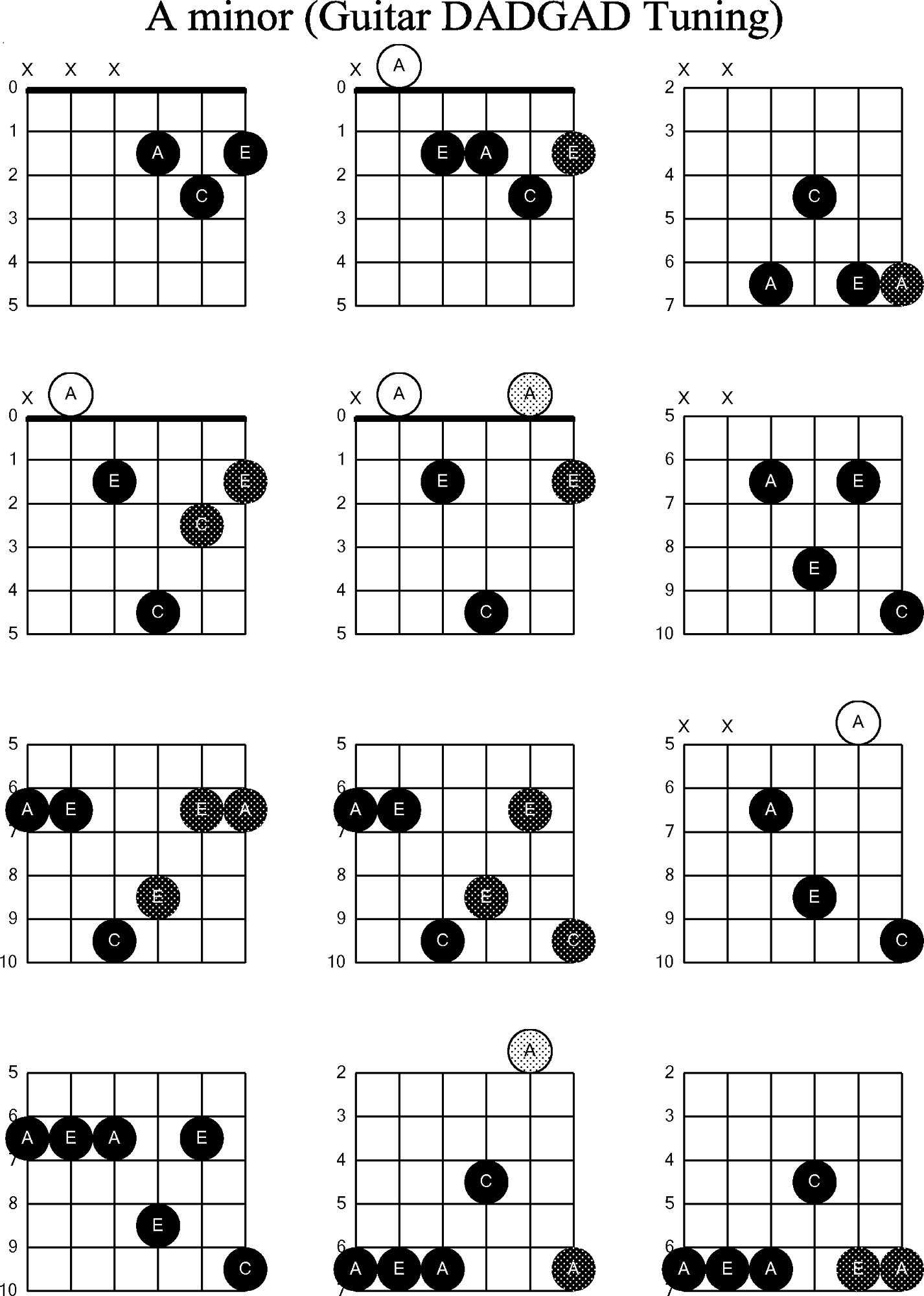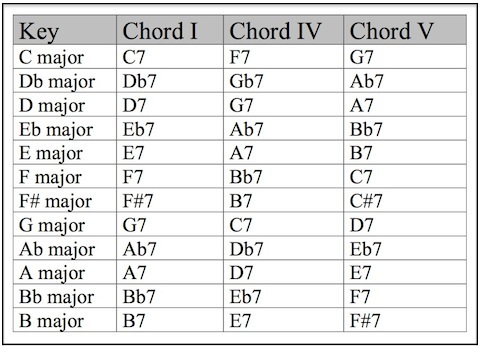
Most chord progressions are practically universal, so try them all, regardless of what genre you prefer. The ii chord is a great setup for the tension-making V - and when it resolves to the I, everybody’s happy!īeyond jazz standards, you’ll find this sequence in R&B, pop, rock, and country. This chord progression is a jazz staple in the same way I – IV – V is a blues/rock standard. Some hits where you’ve heard this chord progression include “Africa”- Toto, “Poker Face” – Lady Gaga, “I Want You to Want Me” – Cheap Trick, “Someone Like You” – Adele, and “Zombie” – The Cranberries, to name a few! ii – V – I To make the cut, each of the literally hundreds of songs on the list contains ‘multiple, repeated uses of the I–V–vi–IV progression.’

It’s so popular, in fact, that Wikipedia has dedicated an entire article to famous songs that have used it. It has three very useful variations as well: You might call this one the ‘four chords that made a million (dollars)’! This insanely successful chord progression has been all over the Billboard charts in practically every genre. It’s basic, for certain, but what you do with the rhythm can put a fresh spin on this time-tested chord progression.

Finally, bringing it home from V to I satisfyingly resolves the progression. The intervals between the I and the IV chords are big enough to create a musical journey.

And that’s because it’s simple, and it works!ĭon’t mistake its simplicity for being uninteresting, though. It’s been all over rock music throughout the ages, and forms the backbone of 12-bar blues. This is inarguably one of the most famous chord progressions of all time. If musicians never broke any rules, then everything would sound the same! I – IV – V – I Throwing in a weird chord here or there is what makes music unique and fun to listen to. Tested progressions are a good place to start, but are not ‘rules’ you have to play by. However, as with all things musical, let your ears be your guide. These are tried-and-true examples of chords that sound great together in any key. With fundamental music theory squared away, we can talk about some of the most-used progressions in music. Getting to Know Popular Chord Progressions
#ALL CHORDS IN ALL KEYS GENERATOR#
RELATED ARTICLE: The Best Chord Generator VST.RELATED ARTICLE: Tunebat BPM and Key Finder Review.Relative minors share all of the same notes as the major scale, but in a different order.Īs with major, you can apply this pattern to any minor key! We’ll take a look at C Major’s relative minor key, A minor. On the other hand, all 12 minor keys use the same number of major, minor, and diminished chords, but in a different sequence. So using Roman numerals instead of chord names means you can write a progression and transpose it to any key you’d like! Diminished chords get lowercase numerals and a superscript circle.Īgain, every major scale follows this pattern. You’ll see an uppercase numeral for major chords, and a lowercase numeral for minor chords. Non-diatonic chords are borrowed from other keys, but we won’t get into that just yet!įinally, music theory uses Roman numerals to label and quickly identify chords in a given key. You’ll sometimes hear these called diatonic chords, which means they belong to the key/scale. Plus, this pattern - 3 major chords/3 minor chords/1 diminished chord - is the same for all 12 major keys. You can create any progression you want using any combination of these 7 chords. These are the chords available in the key of C Major. C Major scale: C – D – E – F – G – A – BĪnd there are 7 chords made using only the notes from the scale:.We’ll dive into some fundamental music theory using the key of C Major - all white keys on a piano. They’re made up of a combination of notes from the given key, or scale.

#ALL CHORDS IN ALL KEYS HOW TO#
If you’re wondering how to write a song and feel overwhelmed, finding chords that go together is a great place to start! So how do we do that? Music Theory Basics: Chords in a KeyĬhords in a progression sound good because they’re in the same key. Lead lines and melodies naturally reveal themselves depending on the chords you’ve put together. Using a solid progression as a foundation, you can more easily build a complete song around it.


 0 kommentar(er)
0 kommentar(er)
